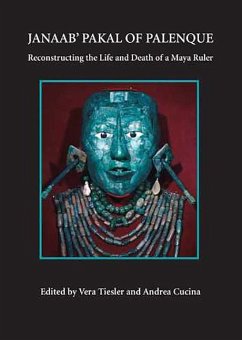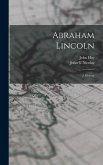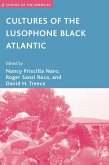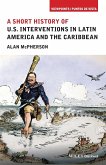Excavations of Maya burial vaults at Palenque, Mexico, half a century ago revealed what was then the most extraordinary tomb finding of the pre-Columbian world; its discovery has been crucial to an understanding of the dynastic history and ideology of the ancient Maya. Over the years, new analytical tools introduced uncertainties regarding earlier interpretations of the findings, and a re-analysis of the remains of the ruler Janaab' Pakal using contemporary methodologies has led to new interpretations of former accounts of his life and death. This volume communicates the broad scope of applied interdisciplinary research conducted on the Pakal remains to provide answers to old disputes over the accuracy of both skeletal and epigraphic studies, along with new questions in the field of Maya dynastic research. Contributions by scholars in epigraphy, anthropology, and bioarchaeology bring to light new evidence regarding the ruler's age, clarify his medical history and the identification of the remains found with him, re-evaluate his role in life, and offer modern insights into ritual and sacrificial practices associated with Pakal. The book leads readers through the history of Pakal's discovery, skeletal analysis, and interpretation of Maya biographies, and also devotes considerable attention to the tomb of the "Red Queen" discovered at the site. Findings from the new Transitional Analysis aging method, histomorphometric analysis, and taphonomic imagery are presented to shed new light on the perplexing question of Pakal's age at death. Royal Maya life and death histories from the written record are also analyzed from a regional perspective to provide a broad panorama of the twisted powerpolitics of rulers' families and the entangled genealogies of the Maya Classic period. A benchmark in biological anthropology, this volume reconsiders assumptions concerning the practices and lives of Maya rulers, posing the prospect that researchers too often find what they e








